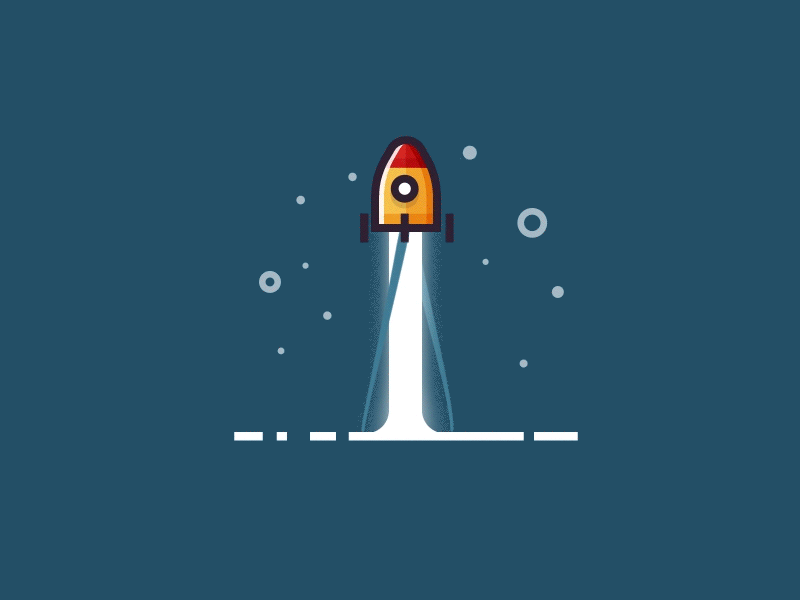-
Content Count
417 -
Joined
-
Last visited
Posts posted by ByCarlCox
-
-
-
-
3 years oooollld
0 -
-
-
-
-
-
Marco Bailey
0 -
Marco Bailey
0 -
Excellent Eric...
0 -
-
My Set


 0
0 -
-
-
-
-
-
Psychedelic music
Psychedelic music (sometimes psychedelia[1]) covers a range of popular music styles and genres influenced by the the 1960s psychedelic culture, a subculture of people who used psychedelic drugs such as LSD, psilocybin mushrooms, mescaline and DMT to experience visual and auditory hallucinations, synesthesia and altered states of consciousness. Psychedelic music attempted to replicate the hallucinogenic experience of using these drugs or enhance the experience of using them. Psychedelic music emerged during the mid-1960s among folk rock and blues rock bands in the United States and Britain.
Psychedelic bands often drew on non-Western sources such as the ragas, drones and sitars of Indian music and they used electric instruments and electronic effects–notably the lead electric guitar played with heavy distortion–and new, unorthodox recording techniques, such as playing tapes backwards or panning the music from one side to the other. Psychedelic influences spread into folk, rock, and soul, creating the subgenres of psychedelic folk, psychedelic rock, psychedelic pop and psychedelic soul in the late 1960s before declining in the early 1970s. Psychedelic music bands expanded their musical horizons, and went on to create and influence many new musical genres including progressive rock, kosmische musik, electronic rock, jazz rock, heavy metal, glam rock, funk, electro and bubblegum pop. Psychedelic music was revived in a variety of forms of neo-psychedelia from the 1980s, in psychedelic hip hop and re-emerged in electronic music in genres including acid house, trance music and new rave.
0 -
20 hours ago, Cutieshotvv2 said:
u might love this chanel https://www.youtube.com/user/XxFiAdRoXx
friend of mine created it.
he used to be a fucking addict in psychadelic's but family took the part in life.
Good songs Cutie,Hey Carl what do you think about these?
Goa...its ok but i love techno , so melodic.... Synthesiyer
 0
0 -
@Bigworld12
DUBSTEP
Dubstep /ˈdʌbstɛp/ is a genre of electronic dance music that originated in South London, England. It emerged in the late 1990s as a development within a lineage of related styles such as 2-step garage, dub, techno, drum and bass, broken beat, jungle, and reggae.[1][2] In the UK the origins of the genre can be traced back to the growth of the Jamaican sound system party scene in the early 1980s.[2][3] The music generally features sparse, syncopated drum and percussion patterns with bass lines that contain prominent sub bass frequencies.
The earliest dubstep releases date back to 1998, and were usually featured as B-sides of 2-step garage single releases. These tracks were darker, more experimental remixes with less emphasis on vocals, and attempted to incorporate elements of breakbeat and drum and bass into 2-step. In 2001, this and other strains of dark garage music began to be showcased and promoted at London's night club Plastic People, at the "Forward" night (sometimes stylised as FWD>>), which went on to be considerably influential to the development of dubstep. The term "dubstep" in reference to a genre of music began to be used by around 2002 by labels such as Big Apple, Ammunition, and Tempa, by which time stylistic trends used in creating these remixes started to become more noticeable and distinct from 2-step and grime.[4]
A very early supporter of the sound was BBC Radio 1 DJ John Peel, who started playing it from 2003 onwards. In 2004, the last year of his show, his listeners voted Distance, Digital Mystikz, and Plastician in their top 50 for the year.[5] Dubstep started to spread beyond small local scenes in late 2005 and early 2006; many websites devoted to the genre appeared on the Internet and aided the growth of the scene, such as dubstepforum, the download site Barefiles and blogs such as gutterbreakz.[6] Simultaneously, the genre was receiving extensive coverage in music magazines such as The Wire and online publications such as Pitchfork Media, with a regular feature entitled The Month In: Grime/Dubstep. Interest in dubstep grew significantly after BBC Radio 1 DJ Mary Anne Hobbs started championing the genre, beginning with a show devoted to it (entitled "Dubstep Warz") in January 2006.[7][8][9]
Towards the end of the 2000s and into the early 2010s, the genre started to become more commercially successful in the UK, with more singles and remixes entering the music charts. Music journalists and critics also noticed a dubstep influence in several pop artists' work. Around this time, producers also began to fuse elements of the original dubstep sound with other influences, creating fusion genres including future garage, the slower and more experimental post-dubstep, and the harsher electro house and heavy metal influenced brostep, the latter of which greatly contributed to dubstep's rising mainstream popularity in the United States.[10]
Listen to techno bro!!! :)))
0 -
-
-


Music is medicine
in Off Topic
Posted